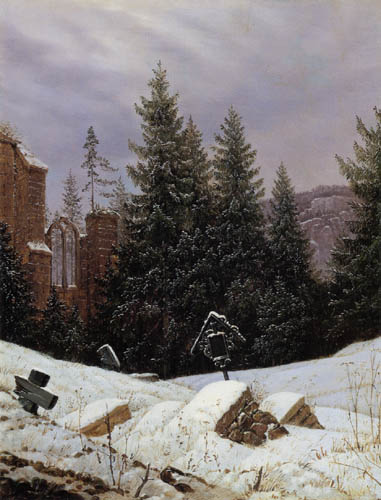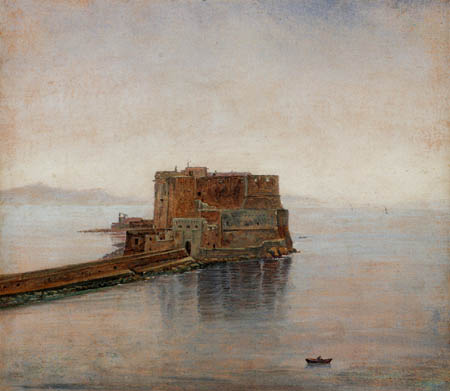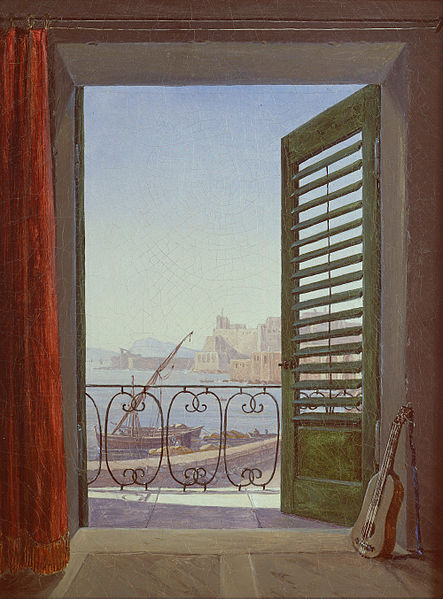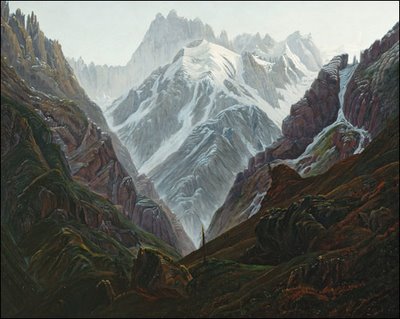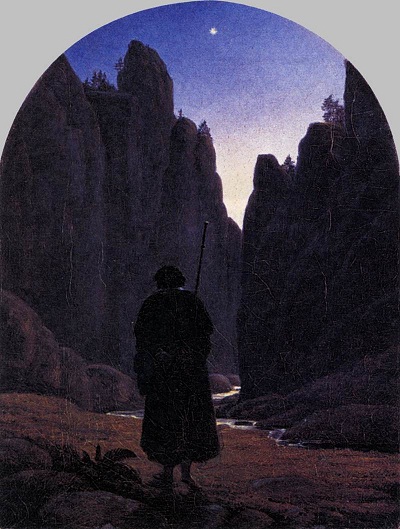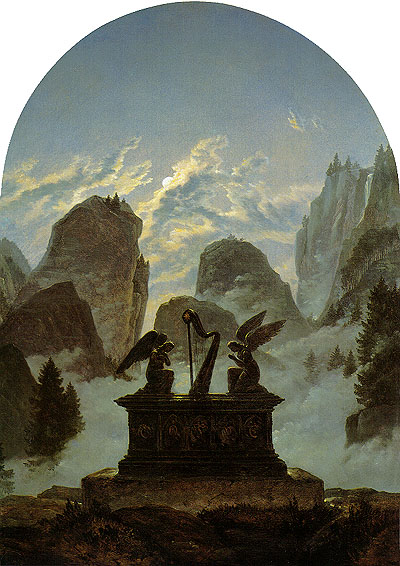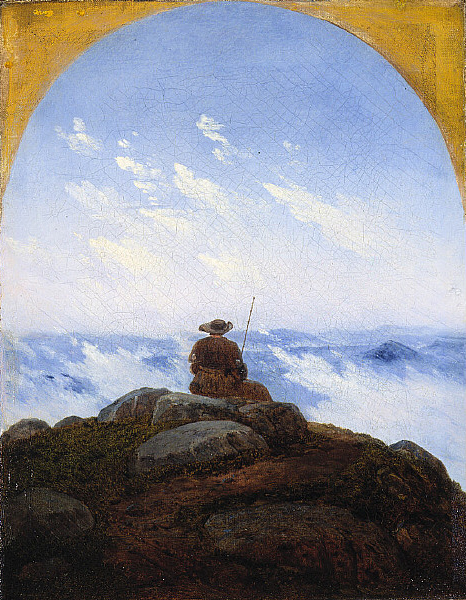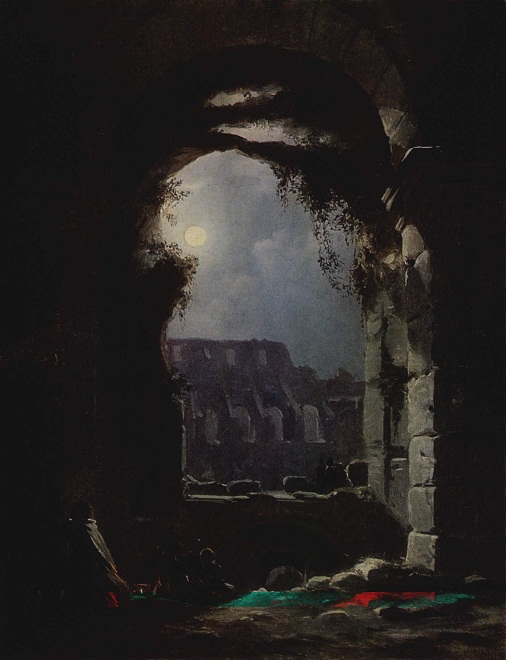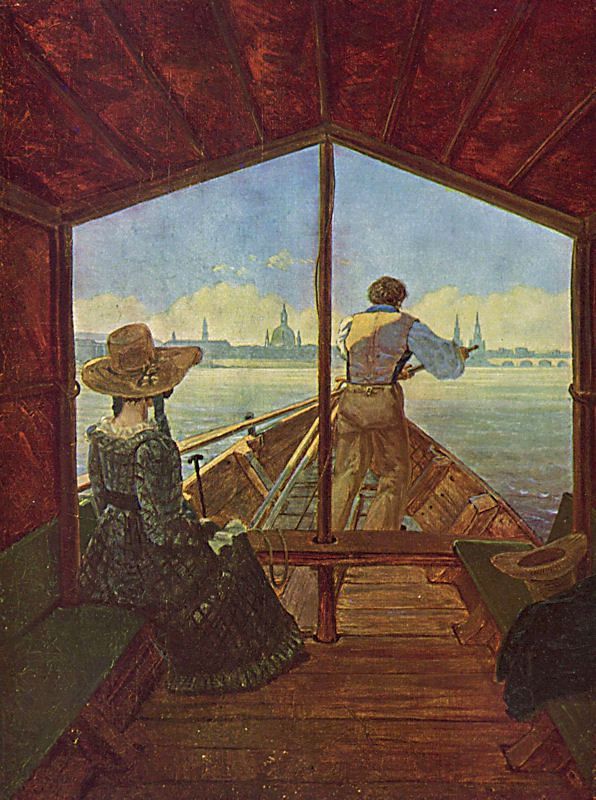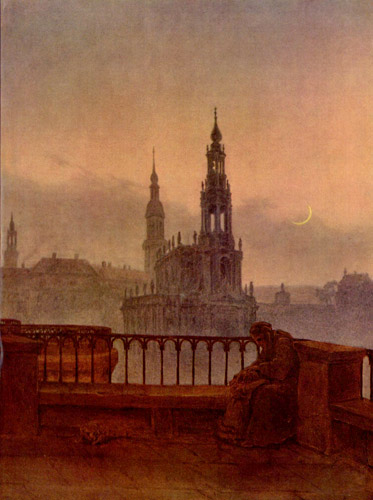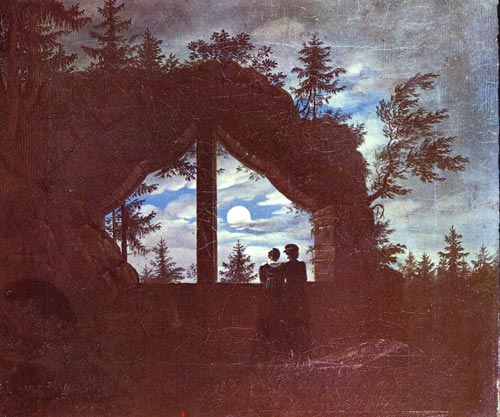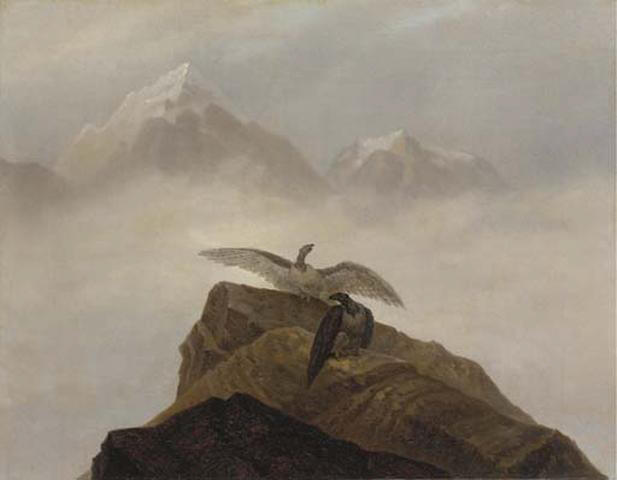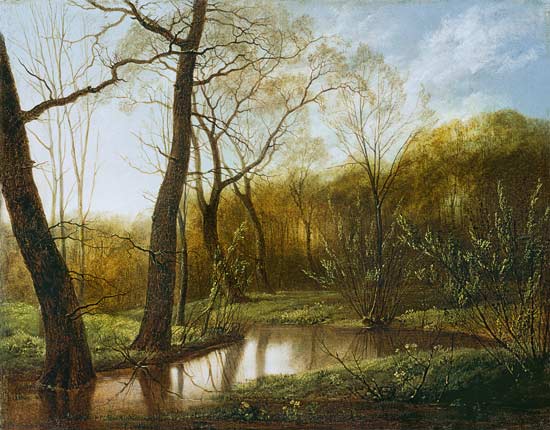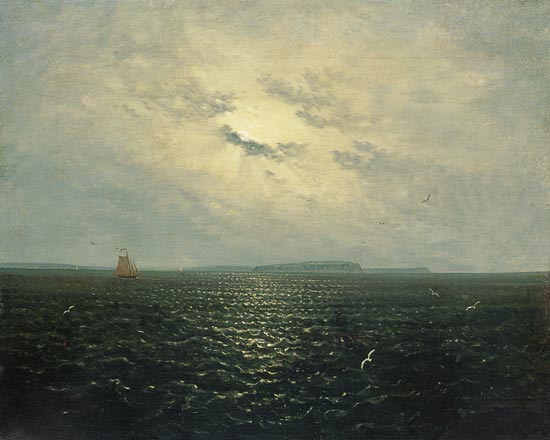<Back to Index>
- Philologist and Writer John Ronald Reuel Tolkien, 1892
- Painter and Physiologist Carl Gustav Carus, 1789
- Grand Duchess of Tuscany Maria Anna Elisa Bonaparte, 1777
PAGE SPONSOR
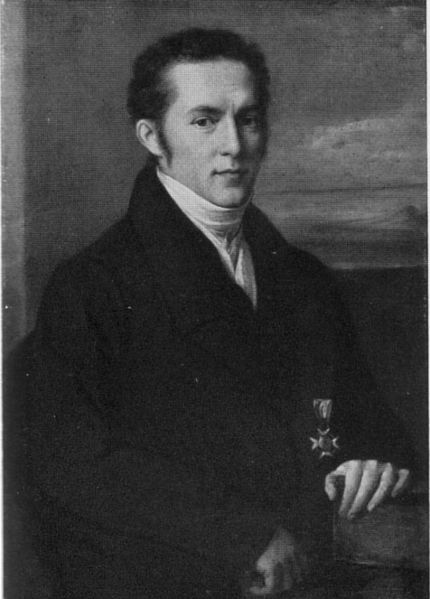
Carl Gustav Carus (3 January 1789 – 28 July 1869) was a German physiologist and painter, born at Leipzig. A friend of Johann Wolfgang von Goethe, he was a many - sided man: a doctor, a naturalist, a scientist and a psychologist and an advocate of the theory that health of body and mind depends on the equipoise of antagonistic principles. A landscape painter, he had drawing lessons from Julius Diez and subsequently studied under Julius Schnorr von Carolsfeld at the Oeser drawing academy. From 1814 to 1817 he taught himself oil painting working under Caspar David Friedrich, a Dresden landscape painter.
In 1811 he graduated as a doctor of medicine and a doctor of philosophy. In 1814 he was appointed professor of obstetrics and director of the maternity clinic at the teaching institution for medicine and surgery in Dresden. He wrote on art theory.
He is best known to scientists for originating the concept of the vertebrate archetype, a seminal idea in the development of Darwin's theory of evolution. In 1836, he was elected a foreign member of the Royal Swedish Academy of Sciences. Carl Jung credited Carus with pointing to the unconscious as the essential basis of the psyche.
Although various philosophers, among them Leibniz, Kant, and Schelling, had already pointed very clearly to the problem of the dark side of the psyche, it was a physician who felt impelled, from his scientific and medical experience, to point to the unconscious as the essential basis of the psyche. This was C.G. Carus, the authority whom Eduard von Hartmann followed (Jung, 1969).
